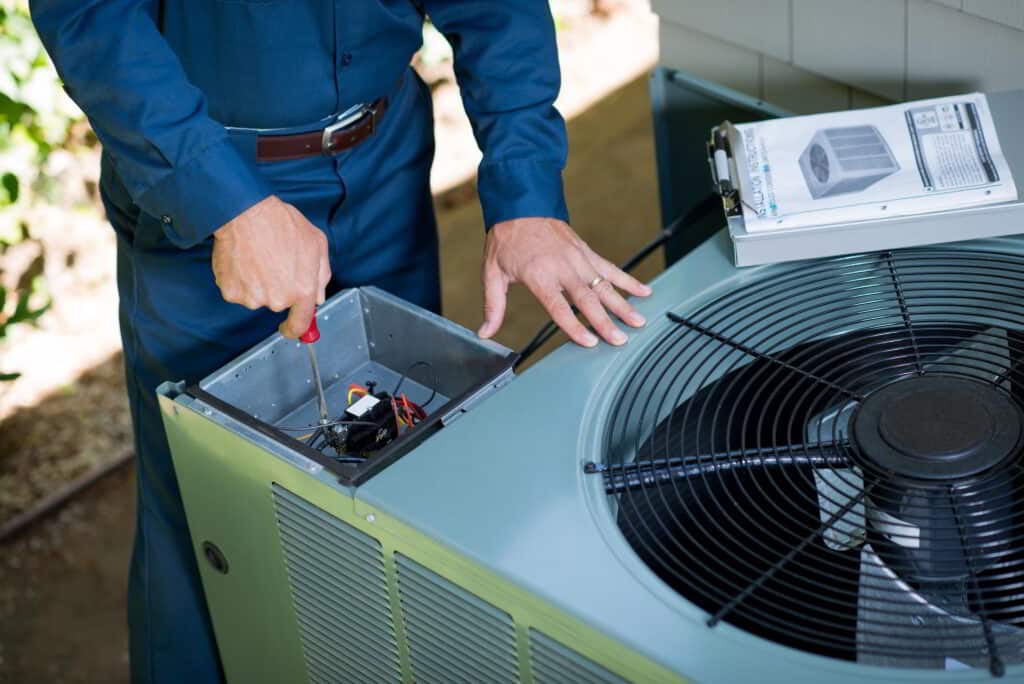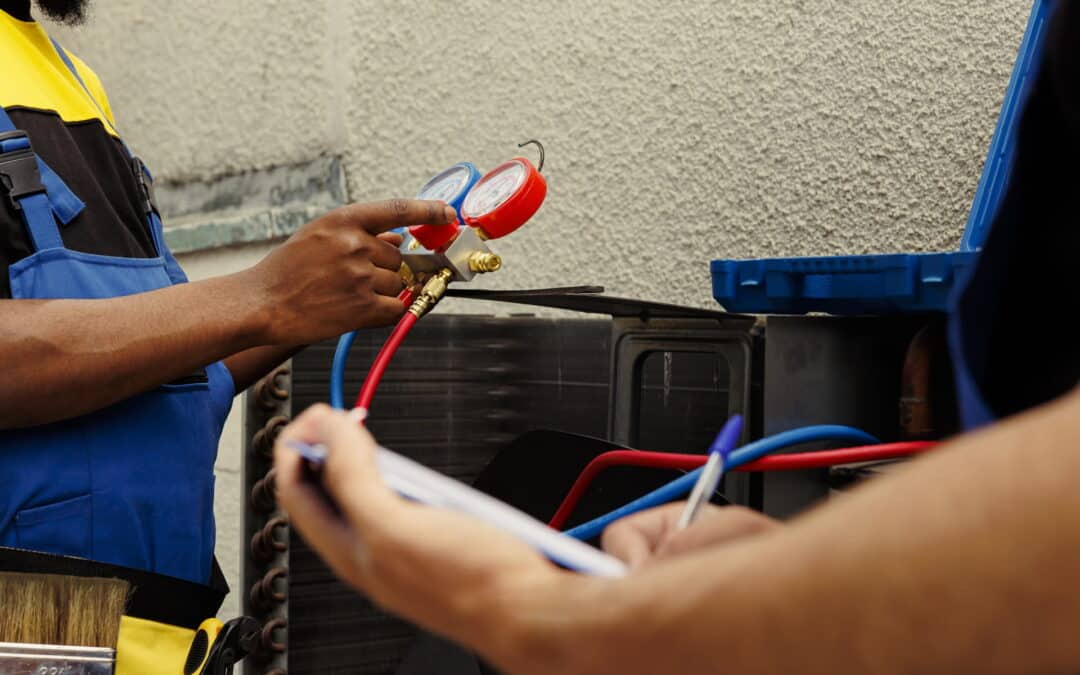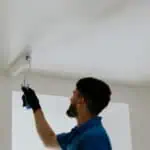Air conditioners steadily lose efficiency when internal problems develop unnoticed, leading to rising energy bills and premature system wear. Left unaddressed, these hidden energy drains force the system to work harder, increasing strain on critical components. Tropical AC and Heat explains, “Energy drains inside your AC system develop over time and strain every component, costing more each month while reducing comfort.” Below are seven common reasons air conditioning systems consume excessive energy and how proper AC repair can resolve them.
1. Grimy Coils Slow Cooling and Increase Energy Use
Evaporator and condenser coils covered in dirt, pollen, or outdoor debris reduce heat transfer, causing longer cooling cycles. The U.S. Department of Energy states that heavily soiled coils can lower efficiency by up to 30%, forcing the system to consume extra power to meet temperature demands. Coils located near landscaping or dusty environments typically clog faster, worsening system strain.
- Heat-trapping buildup forces the compressor to work overtime, increasing energy use.
- Dirty coils often freeze, which restricts airflow and strains the system further.
- Coil cleaning restores proper heat exchange and reduces energy use by 20% or more.
2. Dusty Air Filters Limit Airflow and Strain Components
Air filters packed with dust, fibers, and pet hair create airflow blockages that force the air conditioner to work harder. According to the Environmental Protection Agency, dirty filters also contribute to poor indoor air quality by circulating trapped pollutants. Restricted airflow puts significant strain on the blower motor and lowers cooling efficiency.
- Blocked filters increase energy consumption by 15% or more, based on DOE data.
- Overworked blower motors face overheating and early failure risks.
- Filters should be inspected monthly and replaced every 1-3 months for optimal airflow.
3. Refrigerant Leaks Cause Longer Cooling Cycles
Refrigerant leaks reduce cooling capacity, forcing the system to run longer and waste energy without delivering proper comfort. Older units often develop leaks as lines weaken or corrosion forms, leading to a steady drop in refrigerant levels. Cooling power decreases while the system uses more energy to compensate for the loss.
- Leaks reduce efficiency by up to 20%, according to the U.S. Department of Energy.
- Low refrigerant increases compressor strain, often leading to overheating and failure.
- Only certified professionals should handle refrigerant repairs to ensure safety and compliance.
4. Failing Capacitors Create Energy Surges and Inconsistent Cooling
Capacitors support compressors and fans during startup, but worn units struggle to deliver consistent power, causing inefficient system cycling. Weak capacitors increase power draw, trigger erratic performance, and often go unnoticed until damage spreads to major components. Catching this issue early prevents costly repairs and energy waste.
- Faulty capacitors cause unnecessary cycling and higher energy consumption.
- Electrical surges from capacitor failure strain compressors and motors.
- Routine checks catch capacitor wear early, preventing breakdowns and reducing electricity use.
5. Blocked Condenser Units Cause Overheating and System Failure
Outdoor condenser units need open airflow to release heat, but grass, yard debris, or dense shrubs often obstruct circulation. Without proper ventilation, the system overheats, runs longer, and increases energy consumption. The U.S. Department of Energy recommends clearing at least 24 inches around the unit to maintain steady airflow.
- Blockages increase cycle times and reduce cooling capacity.
- Overheated compressors risk serious damage and costly replacement.
- Seasonal maintenance prevents airflow obstructions and protects system efficiency.

6. Leaky Ductwork Wastes Conditioned Air and Raises Bills
Cracks, gaps, or unsealed duct joints allow cooled air to escape into walls, attics, or crawl spaces, forcing the system to overwork. Energy Star reports that duct leaks waste up to 30% of cooled air in typical homes. Lost air impacts indoor comfort while increasing system wear and driving up energy costs.
- Escaped air forces the AC to run longer, increasing energy use.
- Leaks pull dust and moisture into ducts, worsening indoor air quality.
- Professional sealing restores airflow balance and lowers cooling costs.
7. Faulty Thermostats Lead to Wasteful Cooling Cycles
Old or poorly calibrated thermostats misread indoor temperatures, triggering the air conditioner to cycle unnecessarily or run too long. Improper placement near heat sources or sunlight intensifies these inaccuracies. According to the U.S. Department of Energy, upgrading to a programmable thermostat reduces cooling costs by 10% annually.
- Inaccurate readings overwork the system, spiking energy use.
- Frequent cycling causes excessive wear on compressors and fans.
- Smart thermostats provide better control, improving efficiency and reducing unnecessary run time.
How Professional AC Repair Improves System Efficiency
AC repair services solve hidden mechanical problems and airflow restrictions that silently waste energy. Comprehensive inspections catch issues like low refrigerant, damaged capacitors, and airflow blockages early, before they escalate into costly failures. Regular service keeps components operating smoothly, protects system longevity, and ensures maximum cooling efficiency.
- Annual tune-ups help prevent compressor strain, electrical damage, and refrigerant leaks.
- Skilled repairs restore airflow, reduce excessive cycles, and cut power consumption.
- Compliance with EPA and DOE guidelines guarantees safe handling of refrigerants.
Key Takeaways on Energy Loss and AC Repair
- Dirty coils, clogged filters, and refrigerant leaks rank among the top causes of energy waste.
- Failing capacitors, blocked outdoor units, duct leaks, and outdated thermostats silently increase cooling costs.
- Timely AC repair restores system performance, reduces power usage, and prevents costly breakdowns.
Frequently Asked Questions About AC Repair and Energy Efficiency
What happens if coils stay dirty too long?
Dirty coils force the system into longer cycles, causing compressor failure and higher repair costs while lowering cooling output.
Why is duct leakage so costly?
Leaky ducts waste cooled air, forcing the system to work harder and increasing your energy bill while reducing comfort.
How do failing capacitors affect AC energy usage?
Weak capacitors force compressors and fans to draw extra power, leading to erratic cooling and higher electricity consumption.
How often should outdoor condenser units be cleared?
Outdoor units should be checked every few months, especially after storms or landscaping, to prevent blockages and overheating.
What role does a thermostat play in energy loss?
Inaccurate thermostats cause the system to run longer or cycle unnecessarily, wasting energy and increasing wear on components.







